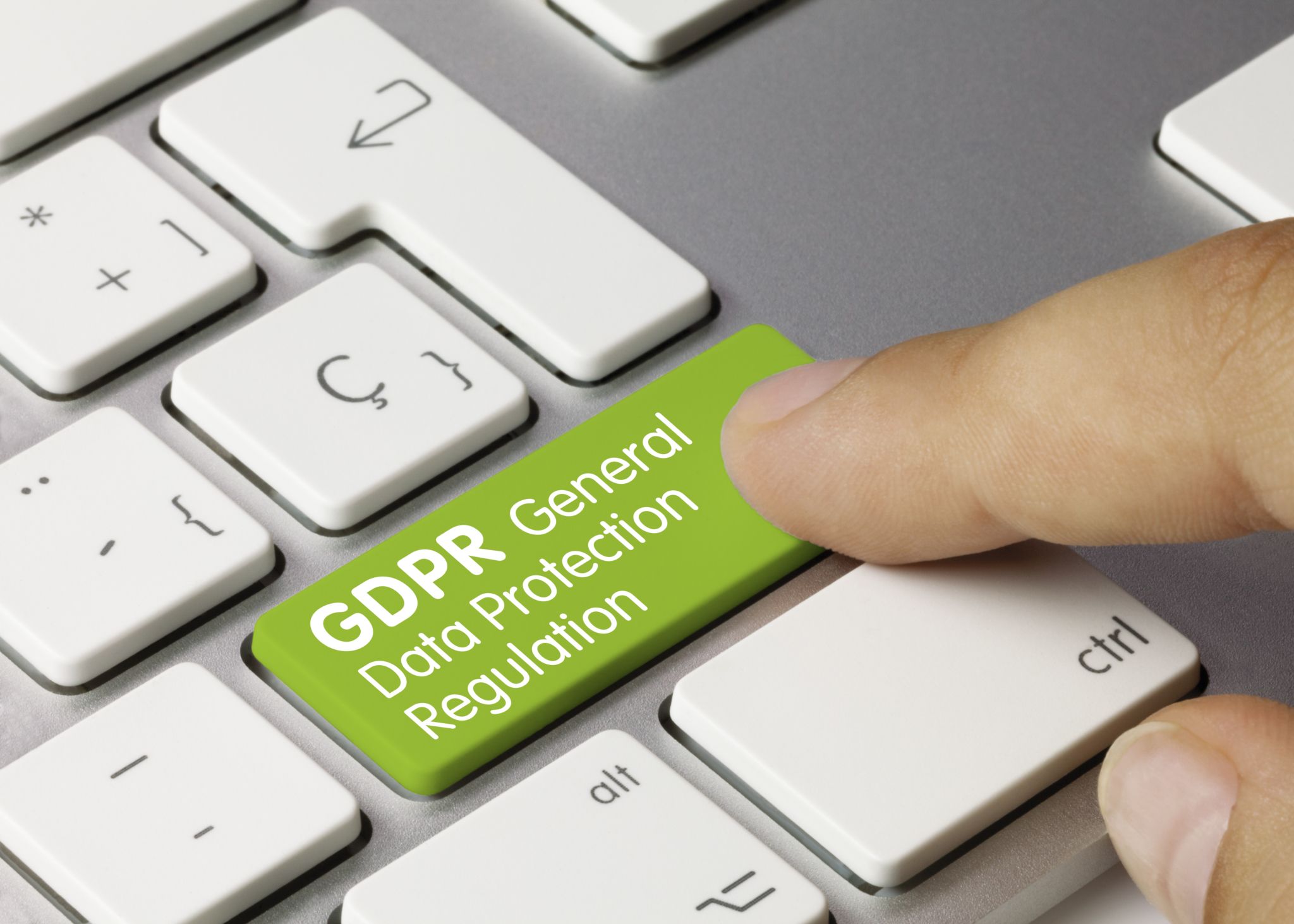Kick-start your Christmas marketing campaign before it’s too late
Every business needs a marketing plan and marketing campaign to maximise sales over Christmas. Typically during the festive period sales are up 50 to 100 percent. In British stores last Christmas £41 billion was spent according to ONS figures. A coherent marketing plan will help you make the most of the festive period and it’s not too late to start.
You need to plan your marketing campaign around a timeline.
- Black Friday — Friday 23rd November 2018
- Small Business Saturday — Saturday 24th November 2018
- Cyber Monday — Monday 26th November 2018
- Winter Solstice — Friday 21st December 2018
- Christmas Eve — Monday 24th December 2018
- Christmas Day —Tuesday 25th December 2018
- Boxing Day — Wednesday 26th December 2018
- New Year’s Eve — Monday 31st December 2018
- New Year’s Day — Tuesday 1st January 2018
To reach your target audience, you need to understand who the various groups are. Go through the demographic and behavioural data you have on your customers to see if any new behavioural trends have emerged.
Then break down your target customer personas and identify what products each persona would like. You can personalise your email marketing campaign based on customers’ previous purchases and order history and make sure the adverts they see are relevant.
It is important to capture any changes in customer behaviour and update your personas accordingly. Accurate personas help you target customers powerfully with your messaging.
When planning and writing your Christmas message, you need to consider:
- the needs of your audience
- your mission
- your brand values
- how you differ from competitors
- how you deliver value to customers
- what you want to make customers think, feel, and do
Your task is to find an overarching narrative that communicates these elements in a way that drives customers to conversion. You need to be clear about what you do, what you stand for, how you are different and what value you bring to your customers.
After you’ve planned your message, you need to develop a theme which should be simple and memorable. It needs to work well across multiple channels including social media.
Some companies drive sales through promotions and discounts. Other companies, really embrace the spirit of Christmas and the incredible opportunity it affords. They create marketing campaigns that drive customer delight, deliver incredible results and their brand is remembered for years to come.
When you’re creating content, consider whether there is any supporting content on your website that needs optimising.
Think about which pages your campaign directs people to for additional information. Your aim is to make sure your customers’ experience is consistent throughout their journey.
It’s very important because failing to update supporting content could lead to a disjointed experience that blocks conversion.
Before you launch your campaign, consider whether any of your automated emails including thank you for your order emails need tweaking to include a festive theme. Small details like this enhance the overall customer experience your campaign delivers.
Assign a manager to project manage the Christmas marketing campaign, with a cross-functional team that includes representatives from marketing, sales and customer services. Communicate your key festive messages and campaign milestones to staff, so that they are all on board and committed to running a seamless marketing campaign.
When you have planned your campaign ideas and allocated resources, make sure you also have KPIs and objectives in place, so that you can measure your return on investment (ROI) for your activity. This will also provide important benchmark data for the following year and help you to identify the activities that brought the most return and those which are less lucrative that need to be reshaped in a new way for any future marketing campaign.
January is the best time to get ahead of the game and assess the results of your marketing campaign over the Christmas period. You’ll need to review the analytics, gather information on sales, profitability and customer satisfaction. Analyse which emails resulted in the most sales and when conversions peaked.



















